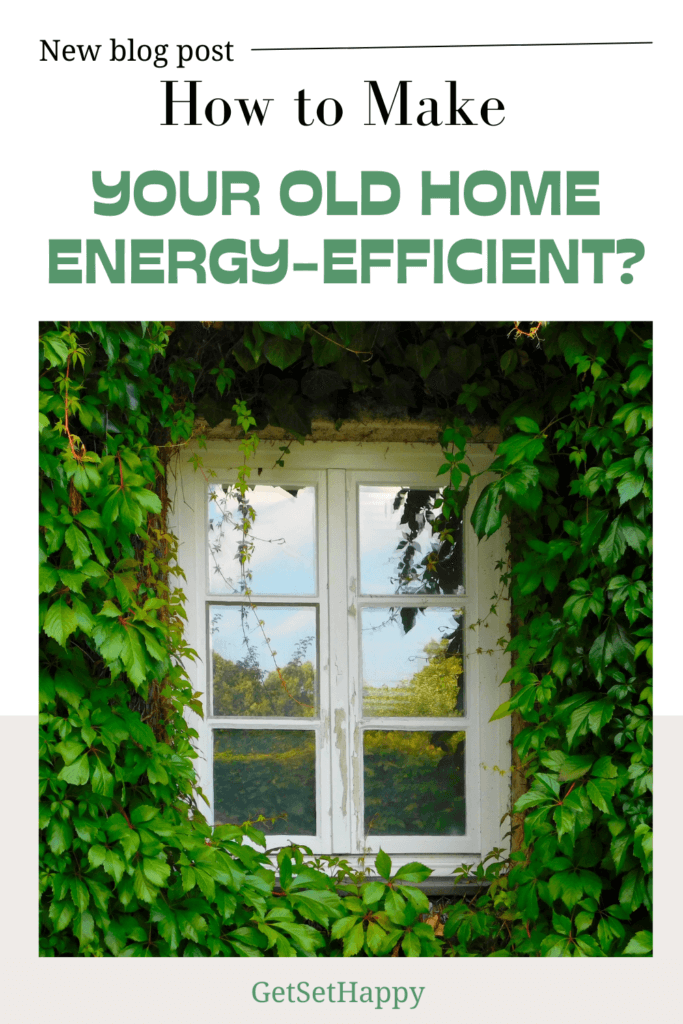Implementing energy-efficient improvements in an old house is a smart move. It saves you money on energy bills and allows you to live comfortably throughout the year. Most people love to buy old homes, but it can be a nightmare for energy efficiency. If you have an old property, focus on the appliances, house structure, and ways you consume energy and water. Below is a detailed guide on how to manage Victorian terraced homes and the 18th and 19th cottages and mill houses.
1. Smart Support
Most homes are full of electrical appliances that consume too much energy, even when passive. You can turn your home into a smart home by including smart plugs for appliances like laptops, game consoles, TV and not to forget your electric vehicle..
Tesla company has a power wall you can utilize during a power outage. So, how much power does a Tesla powerwall hold? Well, this is determined by the battery, but it generally stores 13.5 kWh. Consider choosing energy-efficient domestic appliances with A to E energy ratings.
2. Boost home efficiency with softened water
Much of what we do at home on a daily basis depends on our water supply from heating systems, kettles, kitchen appliances, showers, and baths. If you reside anywhere that is supplied with hard water, limescale is a typical problem caused by the process of heating and cooling. Appliances and heating systems may become much less efficient since it takes more energy to heat the water when there is a build-up of limescale. For instance, even a 1.6mm layer of limescale can cause a heating system’s effectiveness to drop by as much as 12%.
You can fix this issue to save money on energy by getting rid of the minerals in the water that cause limescale with the installation of a non-electric water softener. The result will be mineral-free water or in other words, soft water supplied throughout your home. This will protect any new energy-efficient products from being compromised by limescale. saving you on energy bills and costly repairs or replacements. With older existing products and clogged pipes, using softened water will also help to gradually break down the limescale build-up to improve these too.
3. Upgrade Your Windows

Window replacement may be an expensive project to do, but it provides you with long-term benefits. The proper window installation can trap cool air during summer and hot air during winter. This allows you to reduce your energy bills on the HVAC system.
According to Energy.gov, you can lose up to 30% of energy with windows that are not energy-efficient. For example, a window with two panes filled with argon gas is an ideal type of window to consider for an old home.
You may also like to read: 7 Factors to Consider When Choosing a Solar Panel Service
4. Use Energy-Efficient Bulbs

Lighting accounts for 15% of electricity use in most homes. Although more expensive than incandescents, LED lights last longer and can save you up to $225 per year on energy costs. In addition, the LED lights help reduce your home’s carbon footprint, especially since older homes were not built with energy efficiency in mind.
LED bulbs use 90% less energy and last 25 times longer than traditional bulbs. By adopting efficient lighting coupled with controls such as dimmers and timers, you will enjoy the benefits of the low cost of your energy bills.
5. Update Your HVAC system
The heating, Ventilation, and Air Conditioning(HVAC) system in an older house may not be able to detect the changes in weather conditions. If your HVAC system is older than ten years, it’s time to consider a replacement to save on your energy bills.
New HVAC systems can save you up to 20% on cooling and heating costs.
You may also like to read: How to Choose the Best HVAC System for Your Home?
Make Your Old Home Feel New With Updated Energy-Efficient Features
An old home has character and historical significance which should be well-maintained to preserve the house. Adding energy-efficient windows and other appliances and utilities to an old home will allow you to live in the home comfortably and save money on energy bills. Saving energy decreases water and air pollution, resulting in natural resource conservation. In turn, it creates a healthy living environment for people and animals in the surrounding area.

Featured Image: Windmill photo created by freepik – www.freepik.com





No Comments